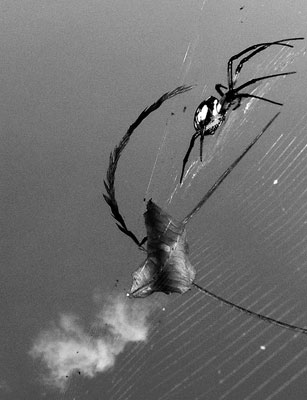All Nonfiction
- Bullying
- Books
- Academic
- Author Interviews
- Celebrity interviews
- College Articles
- College Essays
- Educator of the Year
- Heroes
- Interviews
- Memoir
- Personal Experience
- Sports
- Travel & Culture
All Opinions
- Bullying
- Current Events / Politics
- Discrimination
- Drugs / Alcohol / Smoking
- Entertainment / Celebrities
- Environment
- Love / Relationships
- Movies / Music / TV
- Pop Culture / Trends
- School / College
- Social Issues / Civics
- Spirituality / Religion
- Sports / Hobbies
All Hot Topics
- Bullying
- Community Service
- Environment
- Health
- Letters to the Editor
- Pride & Prejudice
- What Matters
- Back
Summer Guide
- Program Links
- Program Reviews
- Back
College Guide
- College Links
- College Reviews
- College Essays
- College Articles
- Back
The American Gothic Movement
[1] In the late 18th and early 19th centuries, both Europe and America witnessed the rise of a new literary movement known as the gothic, or anti-transcendentalist, movement. [2] The American gothic movement came about in reaction to the transcendentalist movement, which strongly supported the idea that everyone has both the ability and opportunity to accomplish and experience greatness. [3] Gothic writers, however, believed that such ideas were too optimistic; they saw life as menacing and tragic, and instead created a new genre that was filled with their own beliefs of the realities of evil and an individual prone to sin and self destruction. [4] Gothic literature was generally mysterious and ominous, filled with death and terror, used omens and foreshadowing, and showed the dark side of human nature. [5] Many gothic stories included horrific supernatural beings and women in distress. [6] Such characteristics can easily be seen in popular American gothic literature such as Bram Stoker’s Dracula, Mary Shelley’s Frankenstein, and Nathaniel Hawthorne’s The Scarlet Letter. [7] Although the named authors are still celebrated and adored, Edgar Allan Poe is considered the father of the gothic movement. [8] It’s easy to see why Poe was so successful as a gothic writer when one looks at his childhood; he lost everyone and everything he was close to beginning at age two with his mother’s death. [9] Edgar Allan Poe grew up through some of the worst evils in the world, giving him the horrid world view he was famous for in his literature, some examples being “The Haunted Talace,” “The Premature Burial,” and “The Tell-Tale Heart.” [10] But out of Poe’s many great works, the one work in particular that epitomizes the gothic genre is his poem entitled “The Raven.”
[1] In the late 18th and early 19th centuries, both Europe and America witnessed the rise of a new literary movement known as the gothic, or anti-transcendentalist, movement. [2] In retaliation to the transcendentalist movement, which heavily supported the idea that all human beings have the abilities and opportunities to accomplish and experience greatness, gothic writers created their own genre of literature using their own belief of the existence of evil and the idea that individuals are partial to sin and self destruction. [3] Because of such beliefs, gothic literature can easy be described as mysterious, ill-omened, containing of gruesome death and terror, and exposing the dark side of human nature; it also includes horrific supernatural beings and women in agony and torturous situations. [4] The above traits of gothic literature can be perfectly experienced in Bram Stoker’s Dracula, Mary Shelley’s Frankenstein, and Nathaniel Hawthorne’s The Scarlet Letter. [5] Above all American gothic writers, however, Edgar Allan Poe stands alone as the father of the gothic movement. [6] Looking at Poe’s childhood, a string of the world’s worst evils beginning with the death of his mother while he was only two years old, it is easy for one to see how Poe was so successful as an American gothic writer; the tragic events over his lifetime helped him to develop the view that the world is full of evil, which was necessary in creating such art as “The Haunted Talace,” “The Premature Burial,” and “The Tell-Tale Heart.” [7] But out of Poe’s many great works, the one work in particular that epitomizes the gothic genre is his poem entitled “The Raven.”

Similar Articles
JOIN THE DISCUSSION
This article has 4 comments.
